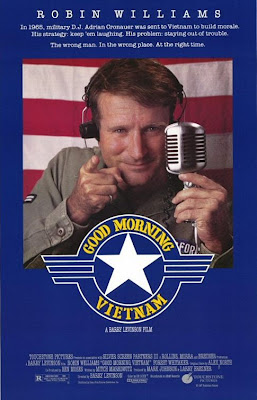Obligatory "Whose Line is it Anyway?" Photo
I'm an avid Improv hobbyist. Once a week, I go make an ass of myself with a bunch of folks at a local community center, playing theater games. There I develop my skills of reincorporation, acceptance, scene building and playing nice with others.
There's awesome books about it, like "Truth in Comedy" by Charna Halper, "Impro"by Keith Johnstone and Viola Spolin's "Improvisation for the Theater" or you can learn for free.
Granted, Improv may not look like it has a lot to do with cartooning but it so totally does.
Did you know Frank Thomas played the Piano? If you know who Frank Thomas is, you probably know that he played the piano, but the late Mr. Thomas, as well as most of Disney's classic animators, played a musical instrument, and even insisted that it was beneficial to their craft.
Where was I? Oh, Improv and cartooning, which is sort of like pianos, except they aren't.
So take for example Jean "Moebius" Giraud

Moebius has very little to do with Disney, I think.
There's awesome books about it, like "Truth in Comedy" by Charna Halper, "Impro"by Keith Johnstone and Viola Spolin's "Improvisation for the Theater" or you can learn for free.
Granted, Improv may not look like it has a lot to do with cartooning but it so totally does.
Did you know Frank Thomas played the Piano? If you know who Frank Thomas is, you probably know that he played the piano, but the late Mr. Thomas, as well as most of Disney's classic animators, played a musical instrument, and even insisted that it was beneficial to their craft.
One of these men is not Frank Thomas.
Jeez, that's like, the zillionth Disney reference I've made! Maybe I'm dangerously obsessed or something. Ollie Johnston looks scary there, doesn't he?
Where was I? Oh, Improv and cartooning, which is sort of like pianos, except they aren't.
So take for example Jean "Moebius" Giraud

Moebius has very little to do with Disney, I think.
Basically one of the most influential Sci-Fi artist/writers in the freaking world. When he started his Sci-Fi themed work which included "The Airtight Garage" and "Arzak", he did the whole damn thing one panel at a time. Seriously. Moebius was all about exploring the unconscious, and as most Sci-Fi is an allegory for stuff, Moebius' realms were an allegory for modes of perception (or so he claims, I dunno, he's French).
Here's another one of my favorite cartoonists, Jill Thompson.

She kinda looks like this. She also drew Sandman
which means Goths everywhere should start doing Improv.
Oh yeah, and there's also Scott McCloud.

He actually looks like this: he has no eyes, and it's scary.
Here's another one of my favorite cartoonists, Jill Thompson.

She kinda looks like this. She also drew Sandman
which means Goths everywhere should start doing Improv.
At a comics forum in 2008. Ms. Thompson spoke of the value of Improv training as a writing aid, particularly in developing scenarios and concepts for stories, like for her creations "Scary Godmother" and "Magic Trixie".
Oh yeah, and there's also Scott McCloud.

He actually looks like this: he has no eyes, and it's scary.
Among other things, McCloud's a big proponent of improvised comics. He also has invented the 24 hour comic, which is an excersise that it a lot of fun, whether or not you finish it.
The value of improvisation is that even the creator/performer doesn't know where it's gonna go or how it's gonna end. As a form unto itself or as a tool in early drafts or rehearsal, improvisation provides an invaluable resource to the cartoonist/performer. It's also fun.
The value of improvisation is that even the creator/performer doesn't know where it's gonna go or how it's gonna end. As a form unto itself or as a tool in early drafts or rehearsal, improvisation provides an invaluable resource to the cartoonist/performer. It's also fun.
































































